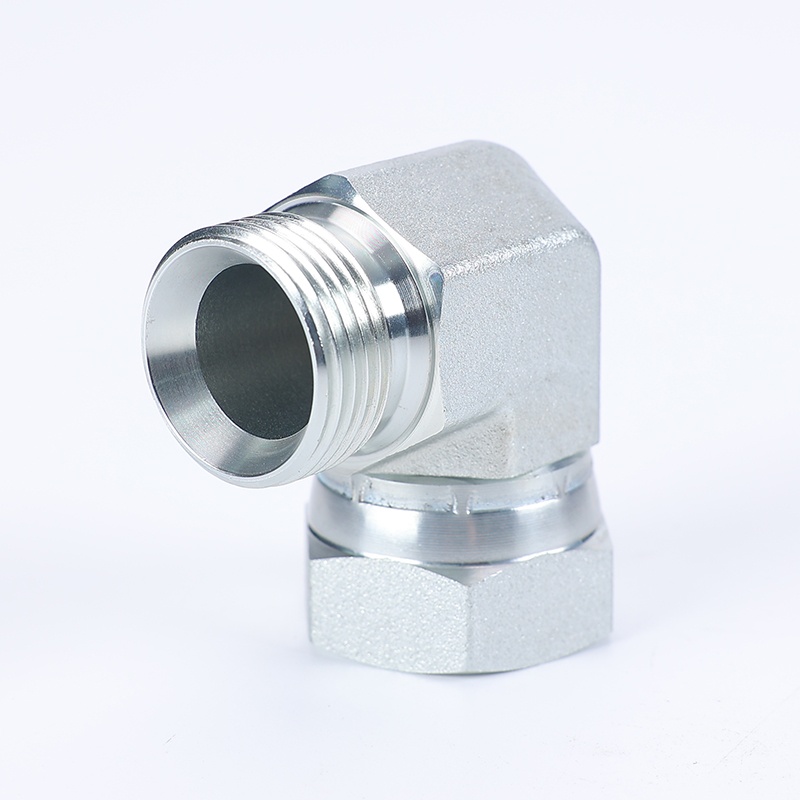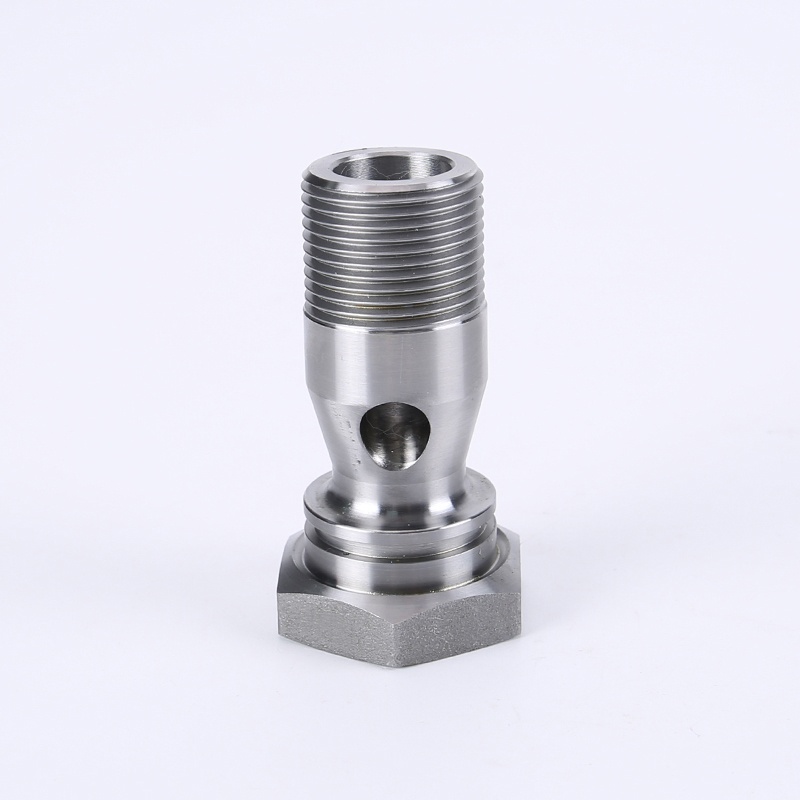What are the Characteristics of Different Types of Transition Joints?
2025-08-28
In industrial piping and electrical systems, transition joints play a critical role in connecting dissimilar metals, ensuring operational safety, thermal stability, and longevity. These components are engineered to mitigate thermal expansion differences, electrical resistance, and corrosion, making them essential in sectors like oil and gas, chemical processing, and power generation.
Understanding the key characteristics of various transition joint types helps in selecting the right product for specific applications. Below, we break down the features, materials, and parameters of common transition joints.
Key Characteristics of Transition Joints
Transition joints are categorized based on their application, material composition, and structural design. The primary types include explosion-bonded, roll-bonded, and forged transition joints. Each type has distinct properties tailored to different operational demands.
-
Explosion-Bonded Transition Joints
These are created using controlled explosive detonation to fuse two metals. They offer high strength and are ideal for high-pressure environments.-
Material Combinations: Aluminum to steel, copper to aluminum, titanium to steel
-
Temperature Range: -196°C to +500°C
-
Pressure Handling: Up to 1,000 bar
-
Thickness: 10 mm to 100 mm
-
Advantages: Excellent bonding integrity, minimal intermetallic formation
-
-
Roll-Bonded Transition Joints
Manufactured through high-pressure rolling, these joints are suitable for applications requiring uniform thickness and smooth surfaces.-
Material Combinations: Copper to stainless steel, aluminum to copper
-
Temperature Range: -50°C to +300°C
-
Pressure Handling: Up to 600 bar
-
Thickness: 5 mm to 60 mm
-
Advantages: Cost-effective, good for large-scale production
-
-
Forged Transition Joints
Forged under extreme heat and pressure, these joints are known for their durability and resistance to mechanical stress.-
Material Combinations: Stainless steel to carbon steel, nickel alloys to steel
-
Temperature Range: -100°C to +800°C
-
Pressure Handling: Up to 1,500 bar
-
Thickness: 15 mm to 150 mm
-
Advantages: Superior structural strength, ideal for extreme conditions
-
Technical Parameters Comparison
The table below summarizes the core specifications of each transition joint type for easy reference:
| Feature | Explosion-Bonded | Roll-Bonded | Forged |
|---|---|---|---|
| Common Materials | Al/Steel, Cu/Al | Cu/SS, Al/Cu | SS/CS, Ni/Steel |
| Max Temperature (°C) | 500 | 300 | 800 |
| Max Pressure (bar) | 1,000 | 600 | 1,500 |
| Thickness Range (mm) | 10 - 100 | 5 - 60 | 15 - 150 |
| Primary Applications | Pipelines, reactors | Heat exchangers, electrical busbars | High-pressure valves, turbines |
Why Choose the Right Transition Joints?
Selecting appropriate transition joints ensures system efficiency and safety. Factors like thermal conductivity, corrosion resistance, and mechanical load must align with operational needs. For instance, explosion-bonded joints are preferred in cryogenic systems due to their low-temperature toughness, while forged variants excel in high-temperature settings.
In summary, transition joints are vital for integrating dissimilar metals without compromising performance. By evaluating material properties, environmental conditions, and technical parameters, engineers can optimize system design and reliability.
If you are very interested in Haxsen(Zhejiang) Seiko Technology's products or have any questions, please feel free to contact us!



























